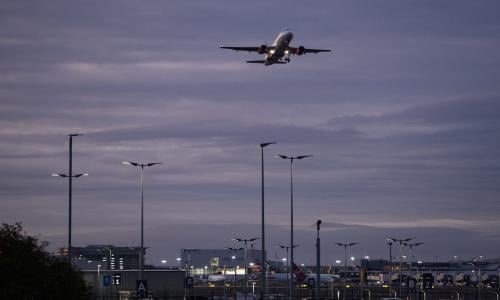
Carbon dioxide levels in the atmosphere have risen strongly to a new peak this year, despite the impact of the global effects of the coronavirus crisis.
The concentration of CO2 in the atmosphere reached 417.2 parts per million in May, 2.4ppm higher than the peak of 414.8ppm in 2019, according to readings from the Mauna Loa observatory in the US.
Without worldwide lockdowns intended to slow the spread of Covid-19, the rise might have reached 2.8ppm, according to Ralph Keeling, a professor at the Scripps Institution of Oceanography. He said it was likely they had played a small role, but that the difference was too small to show up against other factors causing year-to-year fluctuations.
“People may be surprised to hear that the response to the coronavirus outbreak hasn’t done more to influence CO2 levels,” he said. “But the buildup of CO2 is a bit like trash in a landfill. As we keep emitting, it keeps piling up. The crisis has slowed emissions, but not enough to show up perceptibly at Mauna Loa. What will matter much more is the trajectory we take coming out of this situation.”
Daily emissions of carbon dioxide fell by an average of about 17% around the world in early April, according to the a comprehensive study last month. As lockdowns are eased, however, the fall in emissions for the year as a whole is only likely to be only between 4% and 7% compared with 2019. That will make no appreciable difference to the world’s ability to meet the goals of the Paris agreement, and keep global heating below the threshold of 2C that scientists say is necessary to stave off catastrophic effects.
This year’s rise is slightly weaker than last year’s, but matches the average annual rise for the past decade. The amount of carbon fluctuates based on various factors, including the effects of the El Niño weather system in the Pacific.
Carbon dioxide tends to peak each year in late May, when the impacts of the northern hemisphere spring have yet to take effect, so the month’s data is compared from year to year. Measurements have been taken continuously at the remote Mauna Loa observatory in Hawaii since 1958, providing vital information for climate scientists.
Guest post from The Guardian





